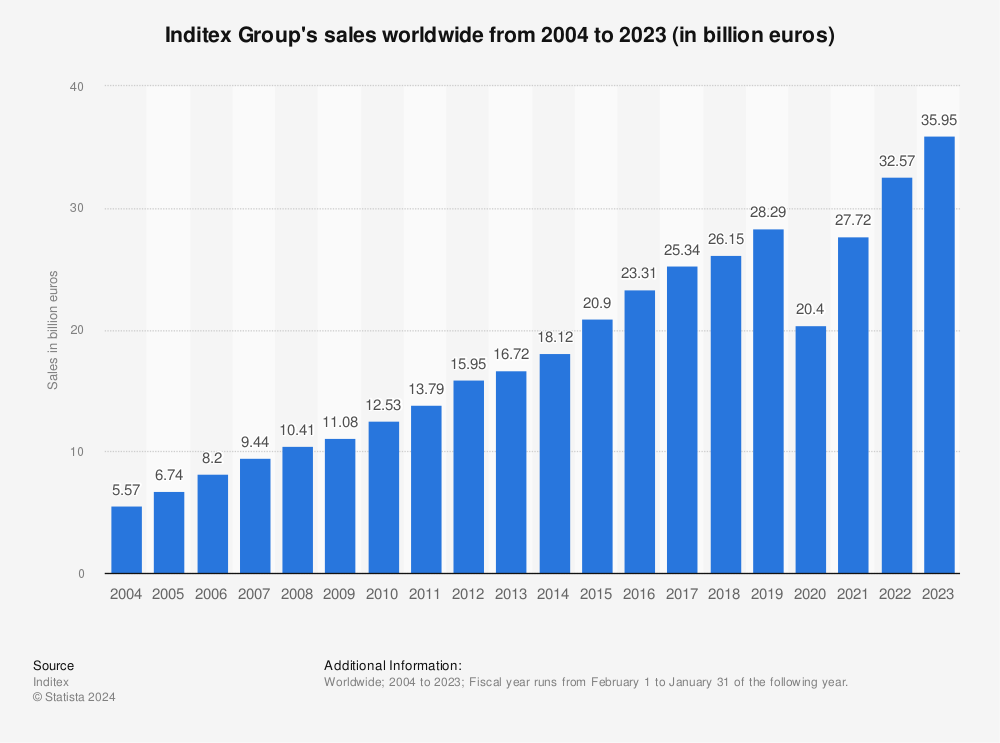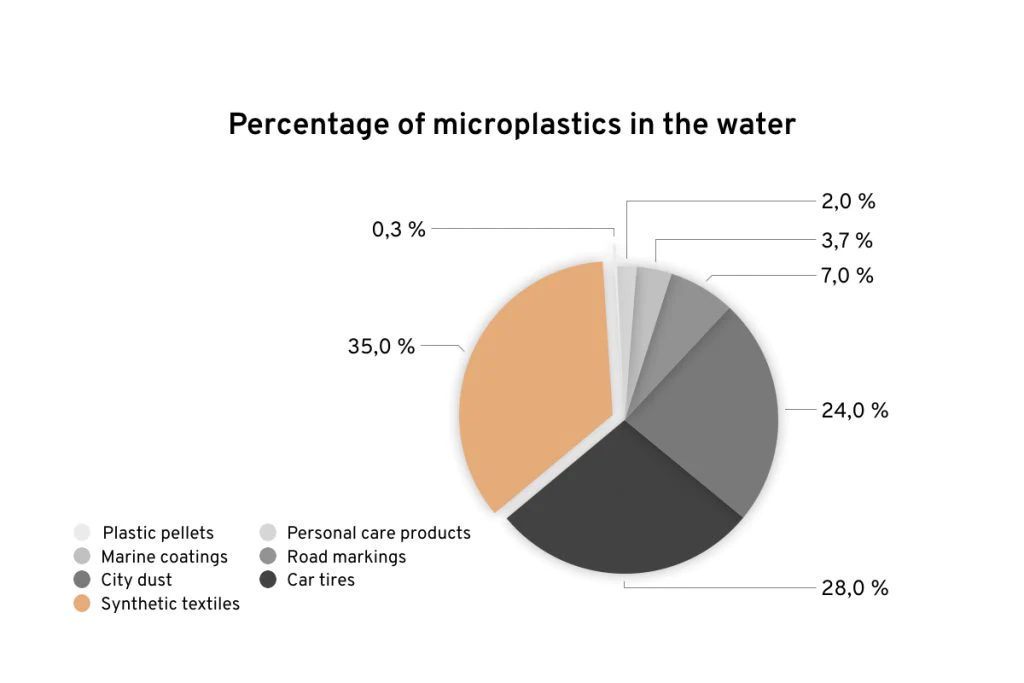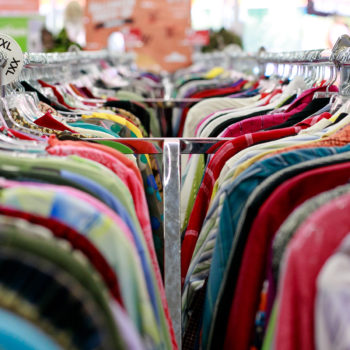|
|
You’ve probably heard the term ‘fast fashion’, but what does it really mean? It’s a term thrown around when talking about the environment, but it’s also deeply ingrained in our shopping habits.
As you delve into this article, you’ll gain a deeper understanding of fast fashion – its origin, impact, and how to make more sustainable choices.
Let’s broaden your knowledge and empower you to make decisions that won’t cost the earth.
Key Takeaways
- Fast fashion emphasizes a rapid transition of designs from catwalk to retail, often at the expense of the environment.
- The fast fashion industry was born out of technological and social progress, with brands like H&M and Zara leading the way.
- Fast fashion has significant environmental impacts, including high water usage, microfiber pollution, and considerable greenhouse gas emissions.
- Recognizing fast fashion brands involves looking for signs such as low price tags, trend-driven styles, frequent stock rotation, poor quality material, and non-ethical manufacturing practices.
- Slow fashion is a sustainable alternative that focuses on producing ethically made, long-lasting pieces. It encourages consumers to reuse, recycle, and reinvent their clothes.
- Adopting slow fashion is not only beneficial for our environment but also promotes quality over quantity and ethics over speed in the fashion sector.
What Is Fast Fashion?
Fast fashion is a business model emphasizing a lightning-fast transition of designs from catwalk to retail. It’s a world where speed meets style, where retailers race against the clock to deliver the latest fashion trends to their stores. The goal? To have fresh, trendy pieces ready for consumers to snap up while they’re still sizzling hot off the catwalk.
A recent report from McKinsey & Company suggests that this model hasn’t simply sped up the fashion cycle; it’s completely reinvented it. Instead of the traditional two fashion seasons per year, we now see a continuous whirlwind of trends, thanks to fast fashion. To illustrate the point, the Chinese brand Shein introduces as many as 6,000 new designs per day, and unfortunately – it sells.
However, it’s crucial to acknowledge that the low price tags and easy availability come at the expense of our natural environment, but more on that later.
How Fast Fashion Came Into Being?
Fast fashion didn’t appear overnight – it is the result of lightning-fast technological and social progress in the last few centuries.
During the 1800s and 1900s, clothing production increased exponentially. Increasingly efficient sewing machines and progressing automation finally made it possible to mass-produce affordable clothing. Emerging middle-class fashionistas were the target audience, and this marked the beginning of consumerism in the fashion sector.
However, the true breakthrough moment for fast fashion didn’t arrive until the late 90s and early 2000s. This was when Internet access began to become widespread, and fast fashion brands like H&M, Zara, and Topshop started to rewrite the fashion rulebook. These brands became fashion’s Robin Hood, taking high couture designs and making them affordable for the common folk.
The modern numbers are staggering:
- In 2005, Zara could take a design from the sketchpad to the store in just 15 days.
- H&M is fully capable of launching 16 collections annually.
This democratization of fashion, coupled with the convenience of online shopping, was the rocket fuel that propelled the fast fashion meteor.
Suddenly, being on-trend was as easy as clicking ‘add to cart’. Today, the global market value of fast fashion has almost reached $123 billion. It’s become as essential to the fashion industry as the threads that stitch our clothes together.

Find more statistics at Statista
Taken from: https://www.statista.com/statistics/268817/sales-of-the-inditex-group-worldwide/
What Makes Fast Fashion Harmful to the Environment?
As we mentioned above, the advantages of fast fashion are being quickly overshadowed by the sheer amount of damage it does to our planet.
First, let’s talk about water, our planet’s vital resource. Did you know that the fashion industry is the second-largest consumer of water globally? Fast fashion’s insatiable thirst for water is a significant concern, especially in a world where 1 in 3 people don’t have access to safe drinking water.
To make it even worse, every time you wash that snazzy synthetic shirt, it sheds tiny plastic fibers that evade water treatment plants and end up in our oceans.
Lastly, let’s not forget the colossal carbon footprint. If the fashion industry were a country, it would be the fourth largest greenhouse gas emitter, behind China, the US, and the EU.
Water Usage
Making clothes traditionally is a very water-intensive task – it takes 700 gallons of water to create a single cotton shirt in a factory! But the story doesn’t end there. For each ton of dyed material, an additional 200 tons of water are required. That’s equivalent to 40 African elephants worth of water if you can imagine!
The repercussions are already seen in less-developed countries where manufacturing takes place. Every day, as much as 22,000 cubic meters of waste are dumped into the Buriganga river, and that’s just the tanneries.
Each garment you pull off the rack bears the weight of massive resource consumption and environmental strain. So, isn’t it about time we rethink our love affair with fast fashion and, instead, opt for sustainable alternatives? Every stitch, every thread, has a backstory. Let’s ensure that it’s one that doesn’t cost the earth.
Microfiber Pollution
The unfortunate truth is that each wash cycle unleashes a storm of harmful microfibers, thrusting us deeper into a silent environmental crisis. The culprit? Fast fashion and our insatiable appetite for cheap, trendy clothing.
Consider this: fabrics like polyester and nylon shed nearly 700,000 microfibers with each wash. These invisible offenders slip through our water systems and invade our oceans, becoming a formidable new form of textile waste.
These pollutants don’t stop at degrading the natural environment, though. At this point, they are even present in humans. A 2022 study done on a group of 22 volunteers found traces of microplastics in the blood of 17 participants. In other words, 77% of those tested were already contaminated by microscopic waste.

Taken from: https://sanvt.com/blogs/journal/environmental-impact-of-fast-fashion-infographic
GHG Emissions
Did you know that buying a single cotton shirt equals driving a car for 35 miles in terms of greenhouse gas (GHG) emissions? Startling, isn’t it?
But the story doesn’t end with the production of these clothes. Our insatiable appetite for fast fashion is also pushing the planet towards a carbon cliff. If we continue consuming at our current pace, our clothing could be responsible for 26% of the global carbon emissions by 2050.
Unless humanity wants to face an even worse climate crisis in the future, people need to demand a change in practices. It’s time to push for sustainability over speed in the fashion industry.
How To Recognize Fast Fashion Brands?

Fast fashion brands have become the masters of illusion, producing affordable replicas of high-end designs at a breakneck pace. With their rapid-fire inventory turnover and ceaseless production, they’ve become a dominant force in the fashion industry. Fortunately, it is possible to quickly and effectively recognize these companies.
Here are five telltale signs to help you recognize a fast fashion brand:
| Sign | Explanation |
|---|---|
| Low Price Tag | Items are priced significantly below the market average. |
| Trend-Driven Styles | Fast fashion imitates runway looks, often releasing similar designs just weeks after they appear in high-end shows. |
| Frequent Stock Rotation | New collections are introduced every few weeks rather than seasonally. |
| Poor Quality Material | Items are made from cheap synthetic materials like polyester or low-quality cotton. |
| Mass Production | High volumes of each clothing style are produced, leading to uniformity and lack of uniqueness in designs. |
| Non-Ethical Manufacturing | Manufacture often takes place in countries where labor is cheap, and regulations are lax. |
| Seasonal Collections | More than the standard two (spring/summer and fall/winter), with some brands introducing as many as 52 micro-seasons per year. |
| Limited Size Range | Fast fashion caters primarily to ‘standard’ sizes, excluding those at either end of the spectrum to cut costs. |
| Rapid Trends Transition | Trends in fast fashion change rapidly, often weekly. |
| Small Lifespan of Clothes | Due to their low quality, fast fashion items don’t last more than a few washes before they start to deteriorate. |
| Excessive Marketing | Brands use aggressive marketing strategies to make consumers feel out of trend if they are not constantly buying new items. |
Slow Fashion – The Sustainable Alternative
Now that you know how polluting fast fashion is and how to recognize it, you can switch to more sustainable clothing brands. Enter slow fashion – a phenomenon that’s gaining traction across the globe among eco-minded individuals.
What is slow fashion, you ask? It’s a rising global movement that puts the spotlight on ethically made and sustainable fashion pieces designed to outlive seasons. Slow fashion is all about less is more.
Slow fashion can be a true game changer when it comes to limiting the industry’s environmental impact. To illustrate the point, organic cotton farming consumes 88% less water and 62% less energy compared to conventional cotton farming. Moreover, the sustainable fabrics industry could potentially create as many as 18 million jobs worldwide by 2030.
Slow, ethical fashion also encourages us to get imaginative with our wardrobes, urging us to reuse, recycle, and reinvent our clothes. It’s about revolutionizing our perception of fashion, shifting from the instant gratification of fast fashion to a more conscious, sustainable mindset. After all, sustainability isn’t a fleeting trend; it’s a lifestyle choice.
Conclusion
Fast fashion, with its quick and cheap styles, has become a big part of the world’s shopping. But we need to ask ourselves – what is the real price? Our planet is suffering because of this industry. It uses too much water, creates pollution with tiny plastic fibers, and produces high levels of gases that harm our environment.
Knowing which brands are fast fashion brands is the first step towards making a change. And that change can be found in slow fashion. This kinder alternative not only hurts our environment less but also gives us a new way to think about clothing – one that values good quality and ethical practices over being fast and cheap.
Let’s choose to support brands that care about our planet just as much as they care about making us look good. After all, the best kind of style doesn’t just make you look good; it makes you feel good about your choices, too!












